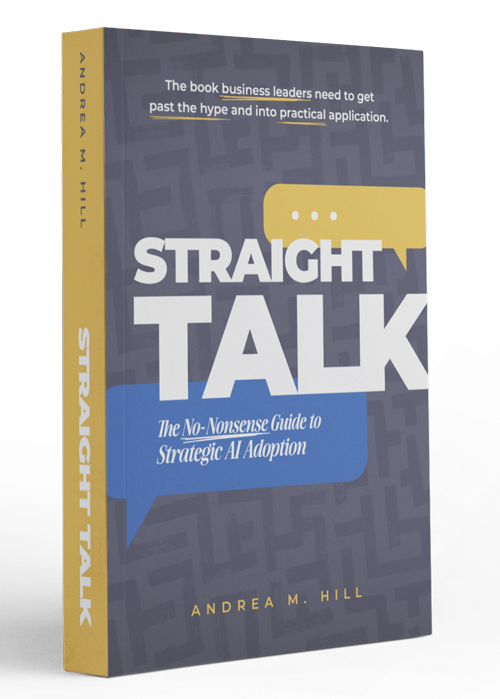The Economics of AI-First: A Briefing Note for CIOs, CTOs, and IT Leaders

AI is shifting the basis of competition, and the winners won’t be the companies that buy the latest tools. The winners will be the ones whose IT capabilities make it possible to turn AI into real business advantage.
In my recent Forbes article, I explore how AI is reshaping competitive advantage. This briefing note distills the message for IT leaders who need to turn strategy into systems.
Here are the takeaways from "AI and Competitive Advantage in the Next Era" for technology leaders (read the full article in Forbes here):
1. AI-first changes the cost equation
AI workflows scale like software, not headcount. Processes redesigned with AI can serve one customer, or one million, with almost no extra cost. If IT doesn’t enable this shift, competitors will.
2. Proprietary data is the differentiator
Your competitive edge will come from the data only your company can capture and refine. Outdated systems that don’t connect, reliance on spreadsheets, and shadow software all block that edge. Legacy ERP platforms that leaders hesitate to modernize are now a direct threat to competitiveness.
3. IT capabilities will define advantage
AI won’t fix broken processes. IT must understand how work really happens from the user’s perspective, not just in code. Without this fluency, AI will only amplify inefficiencies.
4. Bridging the gap is critical
In most organizations, IT and operations still live in silos. The cost is high: 77% of executives say the gap between strategy and IT execution creates major costs and lost opportunities (Harvard Business Review survey).
5. Education must catch up
Most IT professionals are trained in technology, not process fluency. Most business leaders are trained in operations, not system design. The missing skill is translation between the two. Companies that invest in developing this bridging capacity, whether inside IT or through advisors, will move ahead faster.
6. Hyperpersonalization is the new customer baseline
AI assistants will negotiate, recommend, and compare on behalf of customers. That means your systems must support context-aware decisions at scale. An intelligent agent should be able to weigh history, cost, and risk instantly: something legacy processes cannot do.
7. Avoid “pilot purgatory”
Scattered experiments aren’t enough. Connect AI initiatives directly to profit-and-loss outcomes. Without that connection, IT runs the risk of “more pilots than Lufthansa.” More thoughts on this in Andrea Hill's Forbes Article, "Why 95% of AI Pilots Fail, And What Business Leaders Should Do Instead."
Bottom line for IT leaders
The next competitive advantage isn’t just about deploying AI. It’s about whether your IT function can modernize core systems, master proprietary data, and speak the language of process as well as technology. CIOs and CTOs who step up to this role will become central to strategy. Those who don’t will leave their organizations at risk of falling behind.
Andrea Hill's
Latest Book
Straight Talk
The No-Nonsense Guide to Strategic AI Adoption

Where other books focus on prompts and tools, this book gives business leaders what they actually need: the frameworks and confidence to lead AI adoption responsibly, without having to become technologists themselves.
Also available at independent booksellers and public libraries.
Are You Ready to Do Better Growth Management?
StrategyWerx is all about growth strategy and management. That means giving you the tools you need to develop sound strategies, structure your organization to lay the track ahead of the train, and implement the tools you need to grow. Ready to learn more about how we do that? Book a free consult and bring your questions. See if you like working with us on our dime, and get some good advice in the process.